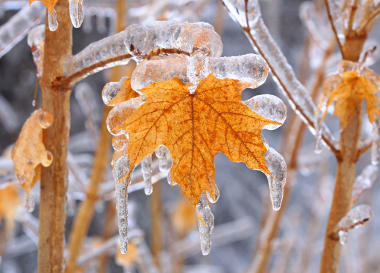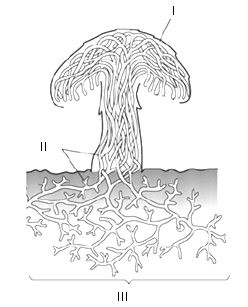Over time, we can witness a great diversity of meteorological phenomena. Some of them are very common, such as rains, while others are less frequent or, depending on the location, very rare or impossible to happen, such as snow. During cold weather, some of these natural events fascinate for their beauty and also for the curiosities about how they form and what the difference is between them.
Some of these doubts are well known in the popular imagination: after all, if hail is ice, what is the difference between snow and hail? And what is the difference between snow and frost? Are there other phenomena similar to these?
Let's check some concepts that will allow us to better understand the difference between snow, frost and haze, in addition to other related terms:
Snow – is the atmospheric precipitation in the form of ice, usually in translucent branched hexagonal shape, originated from the direct freezing of water vapor suspended in the atmosphere. It can fall in the form of snow pellets (heavier) or in the form of grains or snowflakes (lighter).
Frost – is the process of sublimation of water vapor in areas close to the immediate surface of contact, with the formation and accumulation of ice on the surface, plants and exposed objects. White frost, more common, freezes only the surface area, while black frost, which manifests itself at temperatures below 10°C, is stronger and can result in plant death.
Therefore, the difference between snow and frost, basically, is the fact that the former is formed by the sublimation of steam at higher altitudes, while frost manifests itself close to the ground.

Bird over frost covered vegetation
Hail – is a type of atmospheric precipitation responsible for falling ice in pieces and has irregular shapes and sizes generally greater than 5 mm. They usually fall together with rain.
Thus, the difference between snow and hail is in the size of the particles (hail is larger), in the irregular shape that the latter presents, in addition to being associated with liquid rain.

Example of rain with hail damage
There are other types of precipitation similar to snow and hail:
Icicle – is the freezing of droplets in suspension after they come into contact with a surface that is very cold or similarly frozen. It usually happens in times of fog.
Scarlet - it is a process similar to the icicle, with the difference that it is milder and occurs in situations of fog.

Example of an icicle formed on a plant
By Me. Rodolfo Alves Pena
Source: Brazil School - https://brasilescola.uol.com.br/geografia/diferenca-entre-neve-geada-granizo.htm

